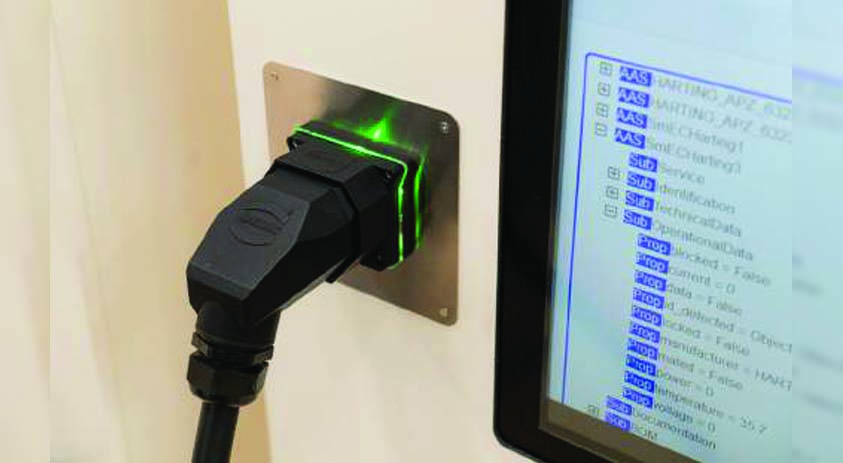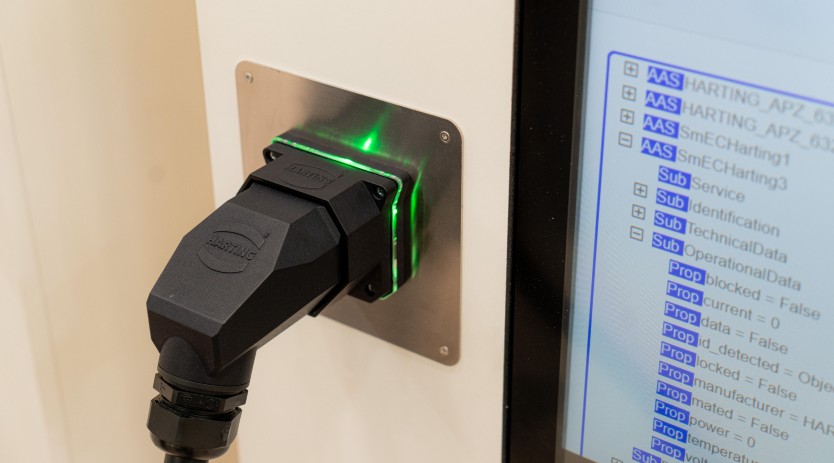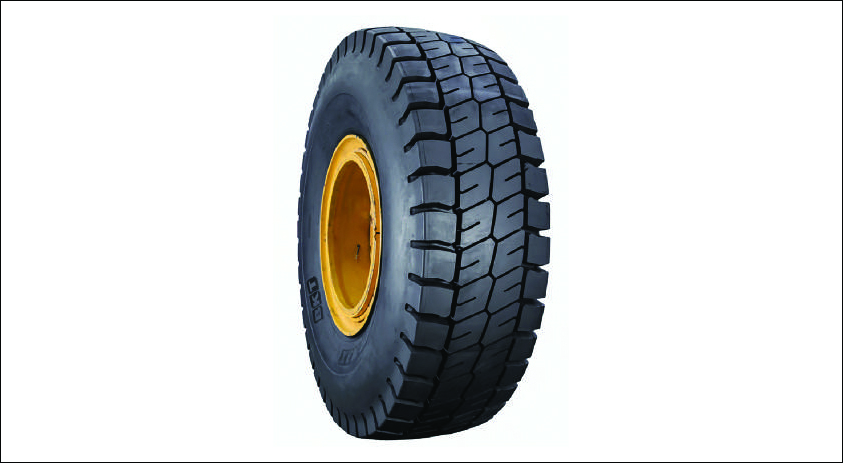Reflecting on the Past to Advance the IIoT
August 12, 2016 4:20 pm
Whenever we can take a moment to reflect, it is possible to find patterns that can help clarify future projections. One such pattern can be seen in the preservation of infrastructure value associated with the four previous industrial revolutions.
Historically, the idea of extending the lifespan of equipment in industrial applications is not a new or marvel concept. As in the past, leveraging existing equipment not only saves money, but can also strengthen a company’s foundation.
Industry, as it is currently understood, began with the first industrial revolution (~1780 -1840), which involved the migration from piecemeal production by hand to machine-assisted production. This change was pushed by readily available energy from water and steam to power factory machines and tools.
These initial advancements were followed by the second industrial revolution (~1870 -1914), which introduced newer technology and electric power sources to factories. By providing round-the-clock light, electricity enabled more continuous manufacturing, allowing workers to produce goods during the day and night. Much of the equipment from the first industrial revolution, however, was still functional and in operation. Rather than replace working machinery, it was simply retrofitted with electric engines in place of steam-driven versions. This required only nominal investments to extend equipment lifespan while still benefiting from the increased capabilities of consistently available grid power.
The third industrial revolution (~1947-2010), more popularly referred to as the Digital Revolution, traces its roots to the invention of the transistor. The transistor enabled the development of computers that spread to factory floors in the form of automation equipment to support manufacturing goals of waste reduction and production enhancement. While the automation of factory equipment increased production efficiency, it also required the purchase and implementation of vast amounts of new tools and machinery. These additions enabled factories to once again take production to the next level by further increasing output and reducing loss. Production began occurring in manufacturing cells with local control and monitoring. Maximising efficiency of a single step within production required workers to supervise certain aspects of machine operation, such as watching over machine resources and monitoring equipment status.
The current or fourth industrial revolution – the Industrial Internet of Things (IIoT) – is once again focused on refining processes to reduce waste and downtime by connecting all aspects of the supply chain to enable data communication between deployed equipment and processes. Where the Digital Revolution enabled the automation of production, the fourth revolution focuses on coalescing and connecting the vast amounts of data currently spread throughout organisations. Extracting data from existing equipment provides operational intelligence and visibility to increase production efficiency and reduce the time-to-market for produced goods.
The integration of production information can present complicated scenarios for existing facilities designed to optimise individualised processes. Some obstacles can be easily overcome through the use of media converters that provide the ability to change between cable media types (e.g., Ethernet to fibre optic or RS-232 serial to Ethernet) to physically connect equipment. A more difficult situation arises when it is not just a physical connection barring communication, but a logical one. For instance, factory equipment designed to perform a particular task uses protocols defined around unique parameters and are therefore not shared by other machines or machine components. Communication between disparate protocols (e.g., Siemens S7 TCP/IP to Allen-Bradley DF1 serial) requires the use of IIoT-ready protocol convertors like Red Lion’s Data Station Plus, which is designed to allow the interchange of data despite differences in source programming.
When equipment from disparate manufacturers is connected, organisations can more easily access operational data to improve process visibility and therefore, drive productivity and operational efficiencies through real-time communication and data processing.
In this fourth revolution, forward-thinking manufacturers can once again take advantage of existing equipment investments by retrofitting current machinery with industrial automation and networking devices that support new capabilities to drive IIoT advancements. As a result, the benefits that began with continuous power and production— and then switched to increased efficiency—will next drive truly smarter production enabled by data interchange and analysis.
As we’ve seen with past trends, advances that extend the lifespan of existing equipment stand to realise greater returns and success.
Authored by__
Colin Geis, Product Marketing Manager, Red Lion Controls
Cookie Consent
We use cookies to personalize your experience. By continuing to visit this website you agree to our Terms & Conditions, Privacy Policy and Cookie Policy.

















 English
English Hindi
Hindi